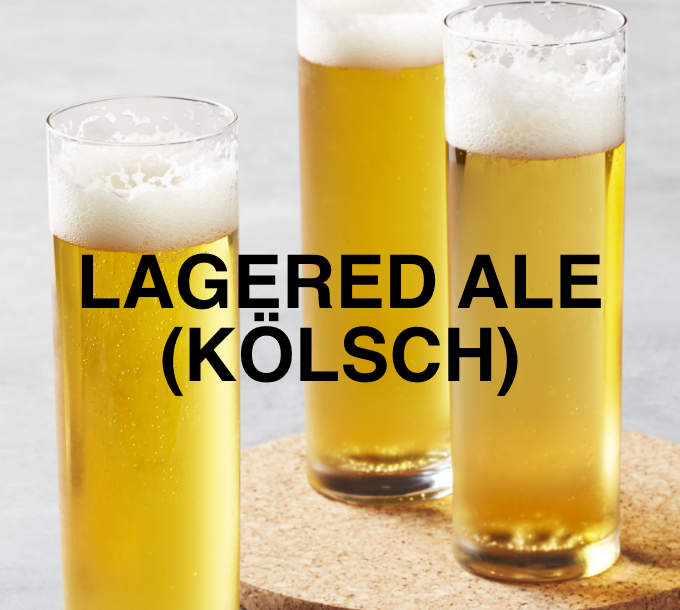Stouts

Calling all chocolate and java fans — stouts, made with malts roasted to create chocolate and coffee flavours — are for you. This classic beer style offers something for everyone — with options ranging from dry to sweet, and creamy to slender. Plus craft brewers are adding everything from cherries to hot peppers imparting delicious complexity.
Ready to Explore?
Dating back to the mid 1700s, stouts evolved as a name for slightly beefier, roastier versions of a porter. But don’t let their creamy foam and black hue fool you — stouts are naturally light and trim-bodied. An Irish-style stout, like Guinness, only packs 2.5 more calories per ounce than Miller Lite. The style is diverse, ranging from sweeter, rounder English milk stouts, to dry and roasty Irish stouts, to fluffy oatmeal iterations. And today craft brewers are reinventing the style by adding warming spices, dark fruits, espresso and off-the-wall ingredients like mint or juniper.
You May Taste
Expect notes of dark and milk chocolate, brown bread, toast, licorice, dark fruits, vanilla, spice, mocha, coffee or espresso. American versions may feature citrus and hoppy bitterness while imperial stouts may offer dark fruits and spice.
Sip Them With
Savour stout with oysters, lobster, calamari, roasted and grilled vegetables, steak, lamb, game meats, stews, barbecued ribs or brisket. It's also a great after-dinner beer paired with bloomy-rind cheeses, chocolate or fruit-based desserts and vanilla-ice cream.
Serving Tips
While stout is wonderful cold for summer barbecues, on cold days, let the bottle warm up for 10 to 15 minutes and pour into pint or tulip glasses so your hand can warm the stout a bit more, opening up the flavour with each sip.
Try These Picks
Discover More Beer Styles
Beer FAQs
Your Top Questions Answered

What is craft beer?
Craft beer is made by small-scale breweries, often independently owned, that practise traditional artisanal brewing techniques to create authentic and uniquely flavourful beers. These craft brewers may focus on either classic or lesser-known styles of traditional beer, or create innovative new modern brews.

How many calories are in a beer?
A standard 340-millilitre or 12-ounce beer that has five per cent alcohol by volume has about 150 calories. Styles of beer that contain more alcohol, such as IPAs, have more calories — up to 170. Light beers, which have less alcohol, have around 100 calories. While darker beers sometimes have a higher alcohol content and therefore more calories, that’s not always the case: consider Guinness Draught, a dark stout, which has just over four per cent alcohol by volume and 125 calories per 12 ounces.

How many beers are in a keg?
Most standard North American kegs hold 58.7 litres: in terms of standard 340-millilitre or 12-ounce bottles or cans, that’s 165 servings; if you’re counting by 16-ounce pints, its 124 servings. European beers often come in 50-litre kegs, yielding 140 340-millilitre glasses or 105 pints. Smaller 30-litre kegs (sometimes called “pony kegs”) give 82 standard beers or 62 pints. Mini-kegs (Heineken, for example) hold five litres: that’s about 10 pints or 14 glasses.

How is beer made?
All beer is made with four key ingredients: barley (or other grains), water, hops and yeast. First, barley is malted (meaning the grains are sprouted and then kiln-dried) to get ready for brewing. The malt is then mashed, or cooked with warm water, to create a sugary liquid called wort. The wort is boiled with flavouring hops, and then in the final step, it’s fermented with yeast, which creates the alcohol and finished beer.
There are many different styles and regional traditions of brewing, but to simplify, they basically fall into two categories: for ale, the beer is stored at room temperature while the yeast feeds on the sugar in the wort and produces CO2 and alcohol as by-products; for lager, fermentation is the same, but it happens at cooler temperatures so the process takes a little longer

How long does beer last?
Check for an expiry or best-before date on bottles and cans: “best” is best when consumed fresh. Bottles and cans stored at room temperature are safe to drink for at least four months after purchase and up to eight months when it’s stored in the refrigerator or a cool place. Draft or craft beer stored in a glass bottle keeps for two or three days in the refrigerator when tightly capped. And remember, keep beer away from light: it can develop a “skunky” flavour from a chemical reaction to UV light, which is why it’s usually packaged in cans or dark glass bottles.

What is beer made of?
Most beer is made from just barley, water, hops and yeast. That’s all! Each ingredient contributes to the beer’s flavour, as do the specifics of the production process. Some brewers may use other grains, such as corn, rye, rice, wheat or even oats, to produce different types of beer. Some styles even incorporate additional flavouring ingredients, including fruits and herbs.











